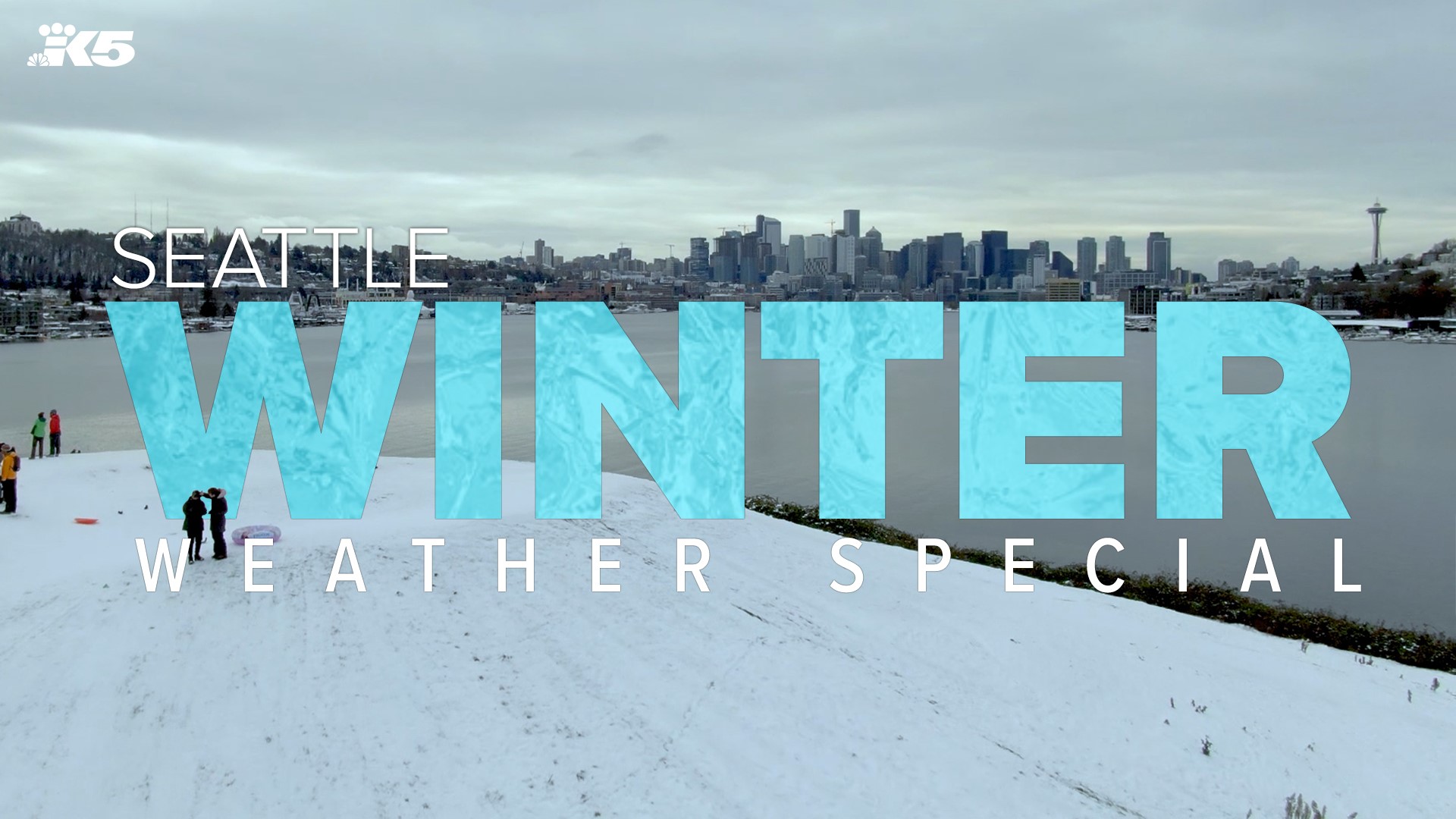SEATTLE — Black ice, which can also be called gray ice, is hard-to-see ice on the roadway and causes slick conditions for drivers.
The road may look normal or even a little wet when there are patches of black ice on top.
It forms when temperatures fall below 32 degrees Fahrenheit and there is already rain, snow, or slush on the roadway, causing the liquid to refreeze. It’s especially prevalent in the early morning hours when snowmelt has refrozen on surfaces overnight.
The phenomenon can also form when there's freezing rain, which occurs when raindrops freeze on cold surfaces.
Black ice can also develop when the water droplets in fog freeze in contact with a road or bridge. Such black ice, or freezing fog, tends to occur first on bridges or overpasses because the cool air beneath allows the road surface to cool faster, than if the road was on top of the ground, which retains more heat.
It also tends to be more prevalent in parts of the road that don't get a lot of sunshine, such as tunnels, tree-lined routes, or less-traveled roads, according to the U.S. Forest Service.
How to spot black ice
Black ice can be difficult to see because it's transparent on the roadway. However, the Forest Service said black ice often forms in "very smooth, very glossy sheets." When you're driving at dawn dusk or during the day, look for slight changes in the sheen of the roadway. If you see the road change from dull to shiny, that's a clue there could be black ice.
What to do if you drive on black ice
If your car hits a spot of black ice, don't panic. Do not hit the brakes and keep the steering wheel straight.
If you feel your car start to swerve, gently turn the steering wheel in the same direction. If you overcorrect and turn the wheel in the opposite direction, you could risk spinning out.

